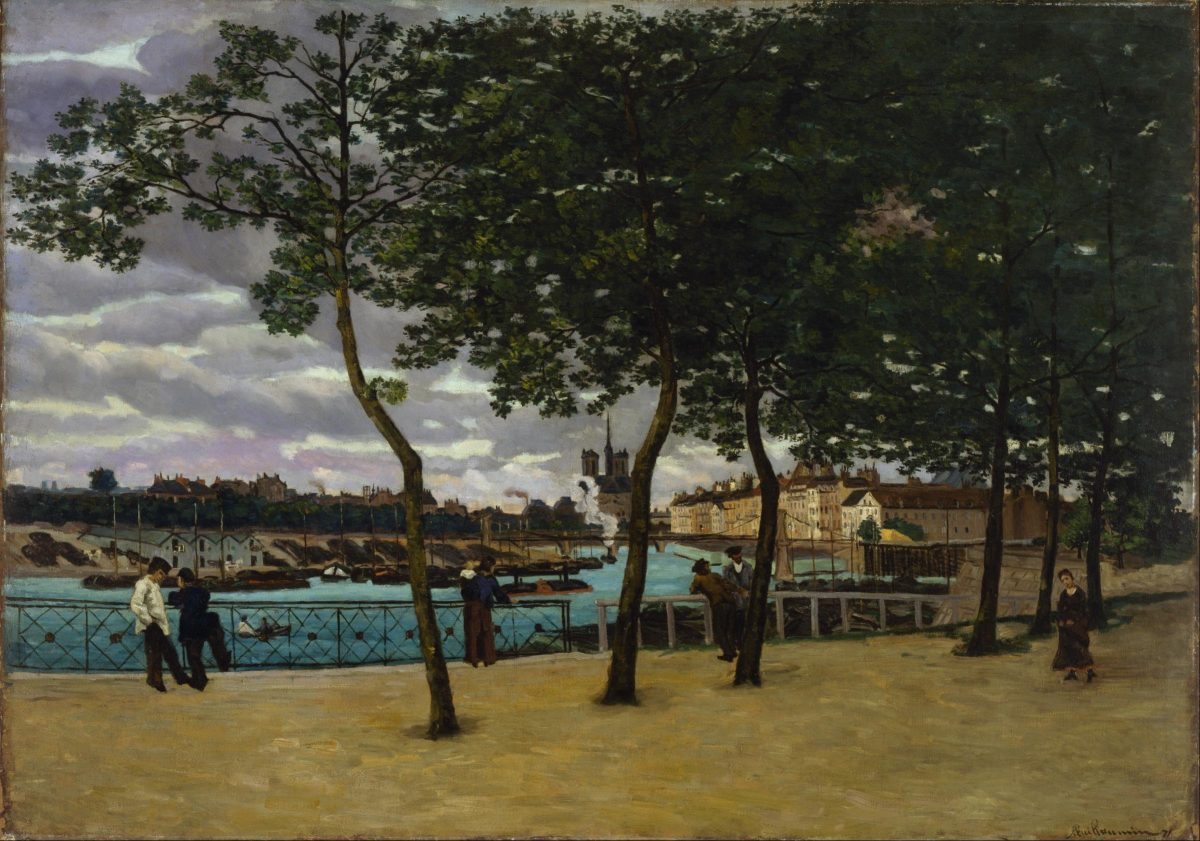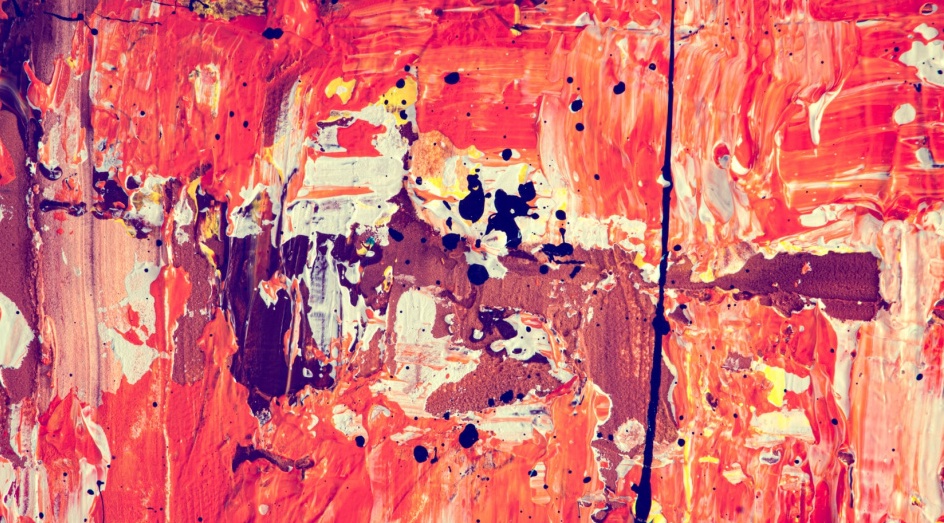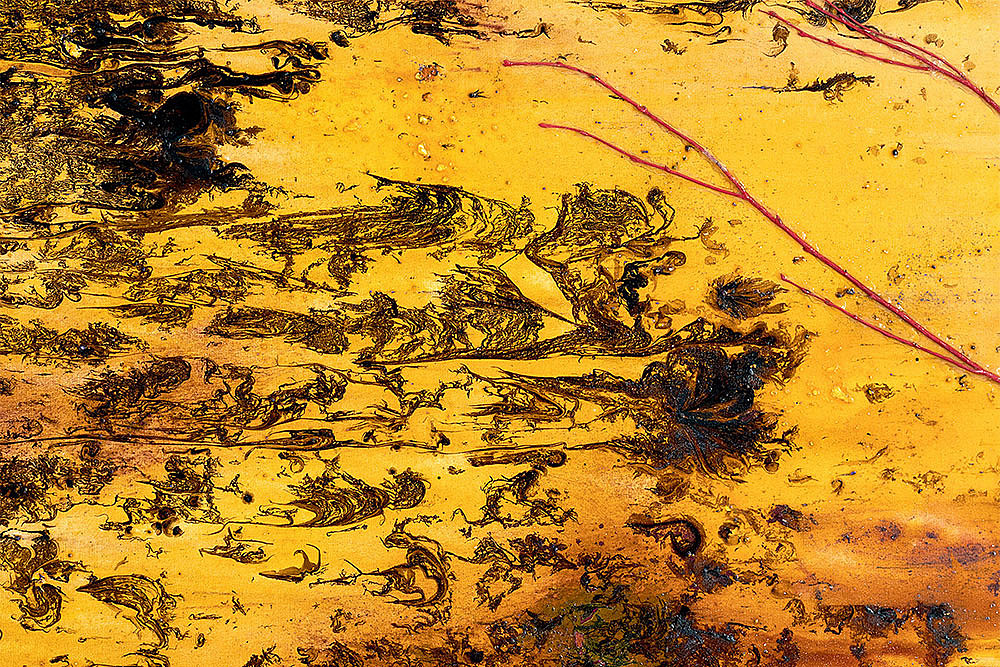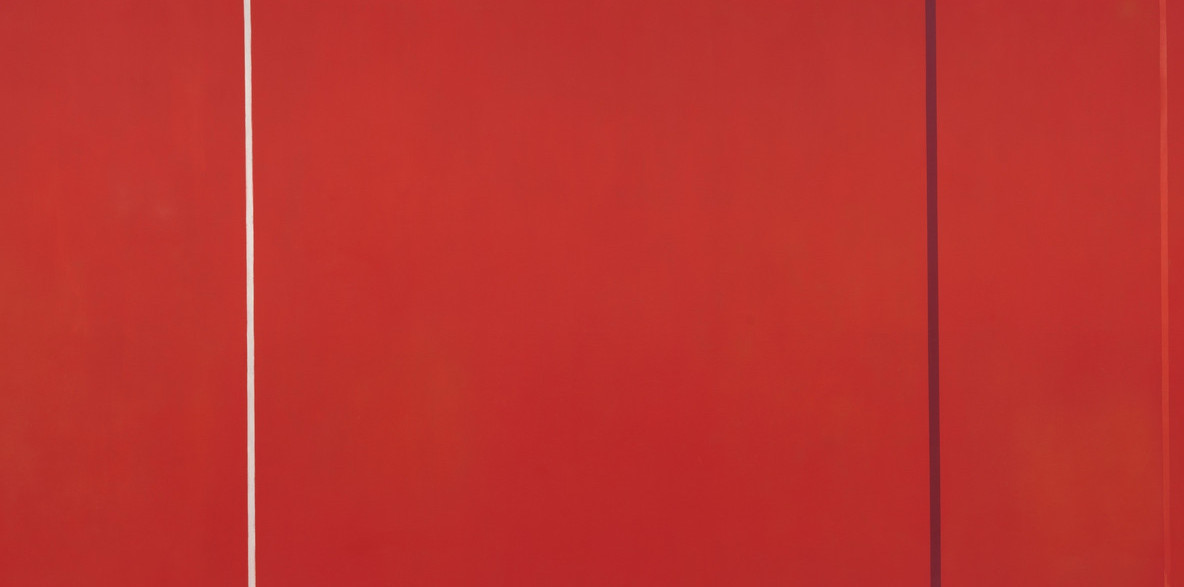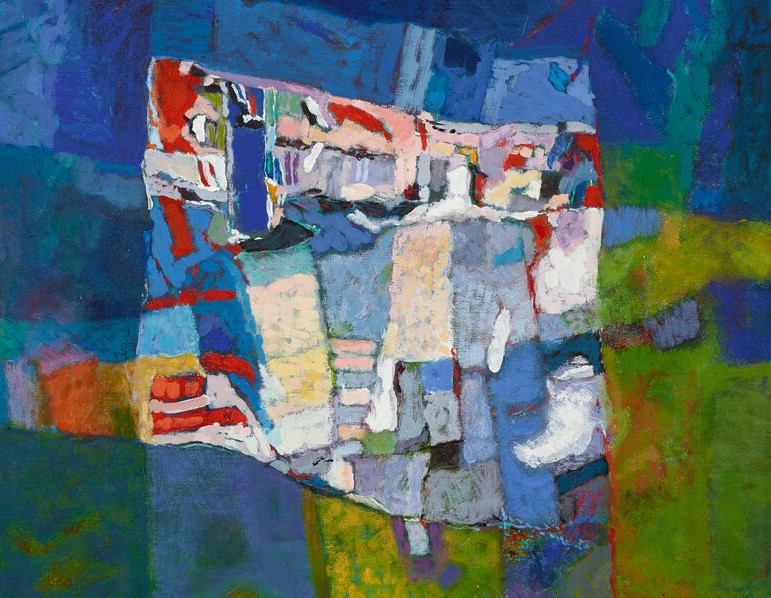On 17 February 1979, a mere six days after the Iranian Revolution, Yasser Arafat made an unscheduled visit to Tehran, where he addressed a jubilant and admiring audience. ‘In the name of revolutionaries and Palestinian fighters, I pledge myself that under the leadership of the great Imam Khomeini, we will liberate the Palestinian homeland together . . . We are fighting the same struggle, the same revolution . . . We are all Muslims, we are all Islamic revolutionaries’. With the news cameras trained on him, Arafat entered the ransacked Israeli embassy and flew the Palestinian flag from the balcony before a huge crowd, which chanted ‘Arafat, Khomeini!’ and ‘Viva Palestine!’. The footage reverberated around the Arab world. For a moment, Iran seemed to be inaugurating a new era of anti-colonial revolution, in which the liberation of Palestine would be front-and-centre. Today, it is difficult to understand the Islamic Republic’s approach to the Israeli state and its murderous campaign in Gaza without first rewinding to this period.
The ties binding Palestinian and Iranian militants can be traced as far back as the early 1950s. It was not until the late 1960s, however, that revolutionaries associated with what would eventually become the Marxist-Leninist People’s Fada’i Guerrillas and the People’s Mojahedin, as well as future officers of the Islamic Revolutionary Guards Corps, began to travel to Palestinian camps in Lebanon to acquire training in the art of guerrilla warfare. In 1970 another band of young Iranian idealists, which later became known as the Palestine Group, set out on their own pilgrimage to the camps with the aim of eventually launching a national war of liberation in their homeland. They were captured by the SAVAK, the Shah’s dreaded security apparatus, and placed before a military tribunal, where their case brought them international fame – making its way into the pages of Les Temps modernes and inspiring the generation of activists that finally toppled the regime at the end of the decade.
The cause of Palestinian liberation was a constitutive part of the political and intellectual movements – from Marxist-Leninists to Islamists and religious populists – that shaped Iran’s revolutionary process during the long 1970s. The Palestinian and Iranian masses saw themselves as having a shared enemy. Not only were both the Shah and Israel backed by the imperial might of the United States; Mossad was also widely seen as having supported and trained the SAVAK, making it indirectly responsible for the deaths of countless Iranian revolutionaries. Four decades later, the signs of this legacy are still visible. Iran continues to celebrate Quds Day – an annual occasion ‘for the weak and oppressed to confront the arrogant powers’ – and many of Tehran’s streets, squares and cinemas bear the name of Palestine, standing as monuments to this period of Third Worldist and pan-Islamic solidarity. ‘Death to Israel’ is chanted at officially sanctioned Friday prayer sermons, and Ayatollah Ali Khamenei still dons the keffiyeh around his neck during public appearances. Yet much has changed since February 1979. The days of revolutionary fervour and possibility have passed, and this historic lifeworld has become a shadow of its former self.
It was not until the war with Iraq, from 1980 to 1988, that Iran’s transnational anti-colonial resistance movement appeared to morph – gradually and unevenly – into an Islamist state project shorn of the ideological pluralism that defined the preceding decades. There were a number of reasons for this shift: the expansion of the American naval presence in the Persian Gulf, which began under Carter and intensified under Reagan; US-imposed sanctions and arms embargoes; the West’s economic, diplomatic, military and intelligence support for Saddam Hussein; plus the Islamic Republic’s attempts to establish an internal monopoly on violence, entailing heavy repression against domestic opposition. All this created a state that was internationally isolated and genuinely embattled, as well as being prone to bouts of extreme paranoia and authoritarianism in the name of national security. The Iran–Iraq war inflicted immense damage on both parties and reached its ignoble denouement when triumphalist proclamations such as ‘the liberation of Jerusalem passes through Karbala’ gave way to the begrudging acceptance of Security Council Resolution 598.
The conflict taught the Iranian leadership that trying to export revolution under their own aegis would cause their many enemies to join forces against them, and that the state could not guarantee its security through conventional military means alone. It would perforce need to pursue an asymmetric strategy – a process that had already begun during the 1980s. Since the Islamic Republic was now heavily sanctioned and embargoed, and had neither the desire nor the ability to purchase F-14 Tomcat fighter jets from its erstwhile imperial patron, it began to plough resources into its ballistic missile programme and other asymmetric capabilities. An even more consequential part this strategy, which emerged out of the dialectic of revolution, war, regime consolidation and imperial encirclement, was the cultivation of deep organic relationships with political groups and popular elements which sought to resist US and Israeli domination.
Among them was Hezbollah, now the most powerful non-state paramilitary force in the world, which emerged out of the 1982 Israeli invasion of Lebanon, as the Islamic Republic and its Revolutionary Guards responded to calls for support from activist clerics and militants on the ground. Two decades later, the US-led invasion of Iraq and overthrow of Saddam Hussein allowed Iran to insinuate itself in the country, forging ties with politically aligned groups that wished to see Western military forces driven out. This process was consolidated in 2014 when Islamic State vanquished the Iraqi army in Mosul, prompting the formation of Popular Mobilization Units at the behest of Grand Ayatollah Ali al-Sistani, which drew support from Iran in fighting back against the insurgents. It was thus that the ‘Axis of Resistance’ took shape: through a series of contingent alliances, often enabled by imperial overreach and the opposition it inevitably elicited. Iran’s state apparatuses have proven remarkably adept at exploiting political and security vacuums to work with actors who share a broad set of objectives, as illustrated by the Intercept’s ‘Iran Cables’.
Iran – or, more specifically, the IRGC’s Quds Force – does not simply ‘control’ these foreign actors, despite what Western media outlets say. The extent of its influence varies depending on the context and the organization in question. Its relationship to Hezbollah is profoundly different from its relationship to Yemen’s Ansarullah or Iraq’s Kata’ib Sayyid al-Shuhada, and its ties with Hamas are even more complex (the two took opposite sides on the Syrian Civil War, putting an intense strain on their relations). Such groups have their own motives for resisting US imperial penetration, Israeli occupation or Saudi domination. They are a far cry from being mere ‘proxies’ for Tehran.
The Supreme Leader’s vision for the Middle East, which the IRGC is tasked with realizing, involves ending the US military presence and dismantling the settler colonial garrison state in Israel. Iran’s financial and military support for its allies is an essential part of this strategy. Yet the Islamic Republic must walk a fine line between pursuing these political objectives and avoiding an all-consuming regional war in which the US would almost certainly take a leading role. This requires a rational and pragmatic approach. It means maintaining ‘strategic depth’ with Iranian allies abroad while also avoiding blowback at home. This course of action is welcomed by some constituencies in these foreign countries and bitterly resented by others.
By now the so-called ‘shadow war’ between Iran and Israel has been running for decades, waged mostly by indirect means. Before the 1979 Revolution, the two countries had a long history of intelligence, military and economic cooperation. In its wake, Israel still hoped that it could mend fences with its onetime ally as part of Ben-Gurion’s feted ‘periphery doctrine’, which aimed to establish strategic ties with non-Arab nations including Iran, Turkey and Ethiopia. Yet after the Oslo Accords, Israeli politicians from Shimon Peres to Benjamin Netanyahu increasingly adopted the discourse of ‘Iranophobia’ amid a moral panic about the country’s growing influence. From then on, Israel did its best to fuel hysteria about Iran so as to justify its ongoing project of military occupation and colonial settlement. One might say that if Iran did not exist, Israel would have had to invent it as a politically useful bête noire. This is not to deny that the Islamic Republic posed a genuine problem for an expansionist Israeli regime seeking regional hegemony. It did. But cynical Israeli politicians, among whom Netanyahu remains unmatched, have routinely exploited and exaggerated that problem to advance their objectives at home and in the occupied territories.
The Iran–Israel relationship is one in which both sides have a firm grasp of the unwritten ‘rules of the game’. Israel’s modus operandi has been to assassinate Iranian nuclear scientists, IRGC and allied military personnel, sabotage nuclear facilities and other industrial targets, mount drone attacks on assorted military sites and launch sorties against alleged IRGC targets in Syria. Iran, for its part, has continued to support its allies along Israel’s borders, hoping to deter it from lashing out against neighbouring states and erode its resolve to pursue its colonial enterprise in Palestine.
In the six months since Al-Aqsa Flood, Iran’s actions have been largely consistent with this security doctrine. Immediately after the attack, Khamenei stressed that Iran had no foreknowledge of it nor any hand in planning it: ‘Of course, we defend Palestine and its struggle . . . but those who say the work of Palestinians stems from non-Palestinians don’t know the Palestinian nation and underestimate it . . . This is where their error lies and where they miscalculate’. This rare public intervention reflected his desire to head-off an attempt by the Israeli state to pin the responsibility on Iran and thereby spark a wider war. Both the Iranian leadership and Hezbollah have been wary of falling into this trap, which could distract from the unfolding catastrophe in Gaza and draw them into a confrontation with the US. Instead, they are playing a much longer game: maintaining a balance of deterrence with Israel, yet stopping short of any action that could cause a regional conflagration.
Iran’s restraint is partly determined by its domestic political situation, which remains fragile and fraught with contradictions. A widespread feeling of malaise has set in, amid declining living standards, corruption scandals and bouts of brutal repression against social unrest – on dramatic display during the women-led uprisings of autumn 2022. The nation has been gripped by political inertia, with uncertainty over Khamenei’s successor fuelling elite infighting and jockeying for position. For many Iranians, it seems that the most serious ‘security threat’ comes from the social and political tumult within the country’s borders, not beyond them. Given such instability, there has been intense public debate over the costs of entering into conflict with the imperial powers and whether the country can bear them. Additionally, while the Iranian people are horrified by Israel’s crimes, the state’s attempts to turn anti-Zionism into a component of its own Islamist identity has generated considerable resentment in some quarters. This is perhaps most evident among a younger generation chafing against the government’s restrictive cultural and political policies and invasive surveillance apparatus.
Nonetheless, Israel has been testing the limits of Iran’s reluctance to engage in direct hostilities. Its recent aerial assault on Iran’s diplomatic compound in Damascus, killing several high-ranking Quds Force officers and violating basic diplomatic norms, was the kind of escalation that Tehran could not ignore. Just as it was forced to respond to the assassination of Qassem Soleimani in January 2020, it was bound to do the same this month, if only to re-establish the basic parameters of its deterrence doctrine. The leadership launched Operation True Promise on 14 April, marking the first Iranian military strike on Israel from its own territory: a complex, multi-layered swarm attack including over three hundred domestically produced drones, ballistic and cruise missiles, which Iranian state media showed flying over Karbala in Iraq and the Al-Aqsa Mosque in Jerusalem. Iran gave advance warning of the operation to its neighbours and the Americans. With support from the US, UK, France and Jordan, Israeli authorities claimed to have shot down 99% of all incoming projectiles, although that figure was later revised downwards.
Fortunately, this unprecedented confrontation had an ‘offramp’ for all parties involved. Not a single Israeli citizen was killed, reducing the need for a major retaliation from Tel Aviv, yet the Islamic Republic was still able to claim that it had reasserted its red lines and restored deterrence. Before the operation had even finished, Iran’s Permanent Mission to the United Nations declared that ‘the matter can be deemed concluded’. The head of the Iranian armed forces, Major-General Mohammad Baqeri, stated that ‘operations are over and we have no intention to continue them’. Yet he also insisted that if Israel decided to retaliate then Iran would launch a much larger attack without giving prior warning.
While the Iranian attack was primarily intended to reassert the previous lines of engagement, the fact that about nine out of the thirty ballistic missiles (the exact figures remain contested) were able to penetrate Israel’s Iron Dome defences and achieve direct hits on two military bases, including the Nevatim airbase – the same one from which the attack on the Damascus consulate was launched – will surely affect the Israeli leadership’s calculus going forward. The extent of Israel’s counter-strike on 19 April, near a major airbase in the city of Isfahan, remains unclear, but it was obviously calculated to avoid provoking further retaliation from Iran. Although the recent exchange of fire is unlikely to lead to all-out war, it has nonetheless highlighted Israel’s vulnerability at a decisive political moment.
Just as Operation Al-Aqsa Flood demonstrated the foolishness of ignoring the ongoing plight of millions of Palestinians living under blockade, occupation and apartheid, Operation True Promise has set a new precedent that Israel and its allies will ignore at their peril. Already sanctioned to the hilt by Western powers, Iran has shown that it is ready to retaliate from its territory if Israel should decide to recklessly escalate the fighting and upend the established rules of engagement. The question is whether the Israeli state will learn its lesson and walk back from the brink. Though on this occasion Biden refused to support a forceful Israeli response, this may not be the case in future – or indeed, under a future administration. As long as Israel continues its total war on the Palestinians, the spectre of a wider regional conflict will remain an all-too-real possibility.
Read on: Susan Watkins, ‘The Nuclear Non-Protestation Treaty’, NLR 54.


